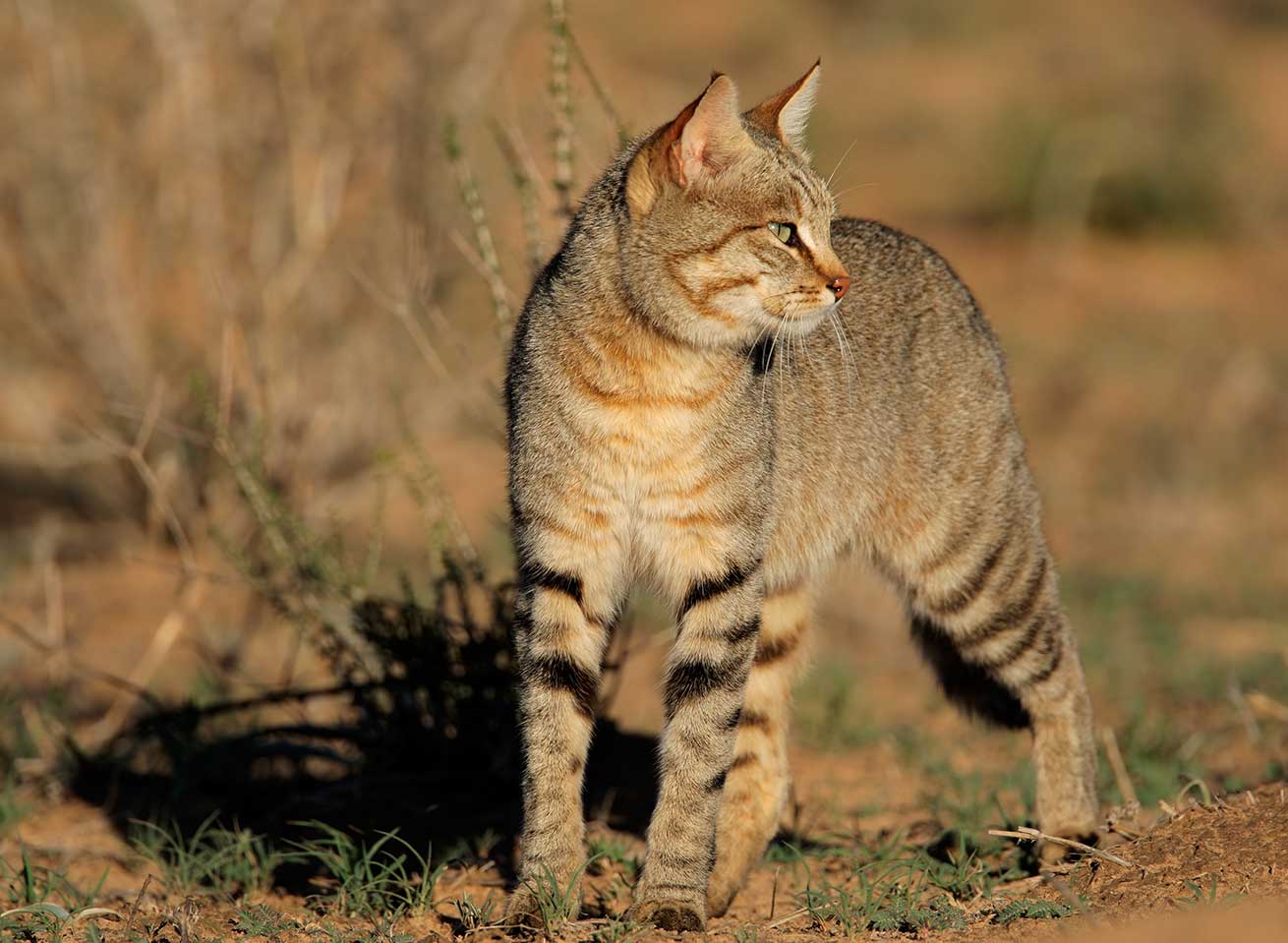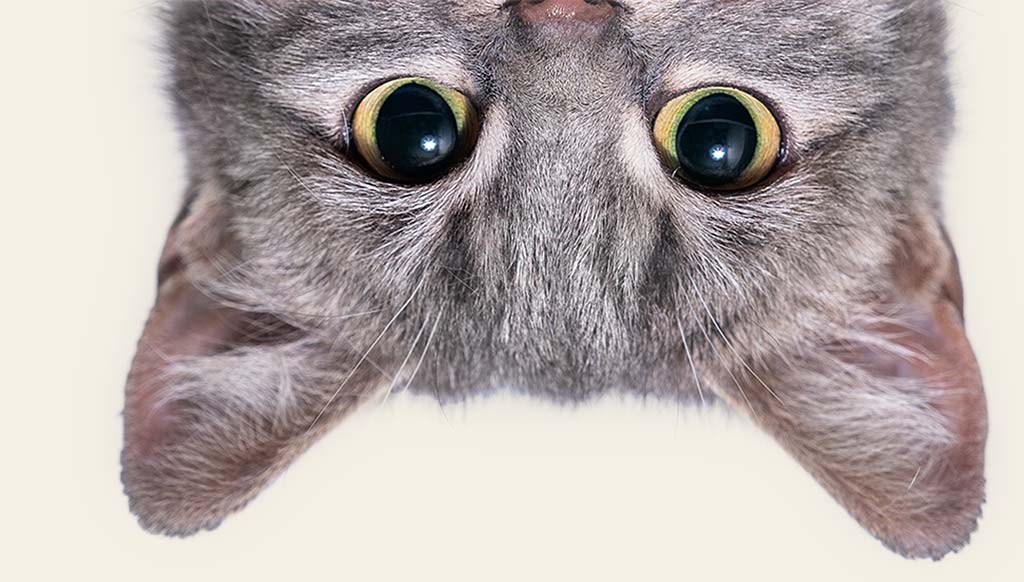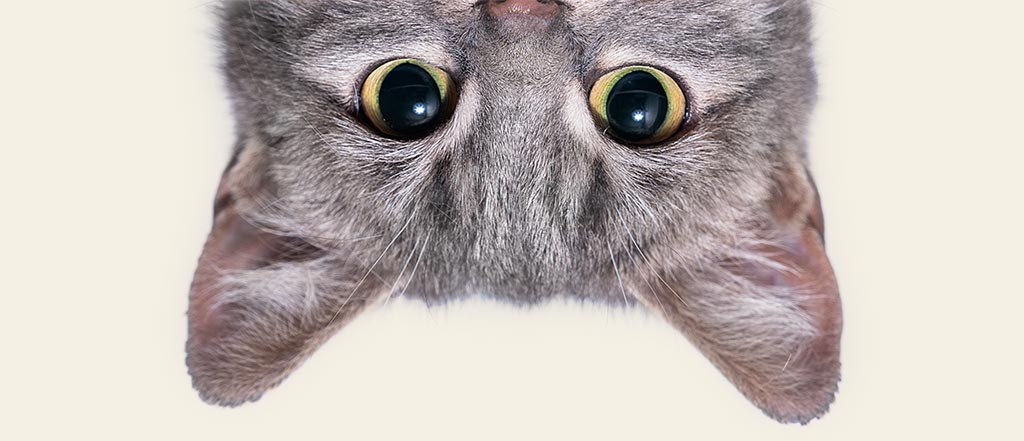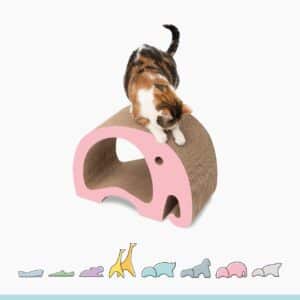In this article
A little history class
It’s hard to believe, but up to 12,000 years ago, there were no domestic cats. People lived nomadic lives, and the only cats around were wild and stayed far away from humans. This all changed when people first settled and started farming instead of hunting and gathering, which happened at around 10,000 BC, in an area called the Fertile Crescent. This ancient region covers modern-day Iraq, Syria, Lebanon, Israel, Palestine, Jordan, the north of Kuwait, southeast Turkey, and the West of Iran. It’s here that wild cats (Felis silvestris lybica) were first domesticate

Cats domesticated themselves
It’s often said that cats domesticated themselves, as they first approached humans, not the other way around. At around 10,000 BC, in the new-found agricultural society of the Fertile Crescent, grain and other produce naturally attracted rodents. Wildcats took benefit and approached the human settlements to feast on the mice and rats. The farmers obviously let the wildcats be as these little felines provided free pest control. Over time, cats and humans grew accustomed to each other, resulting in the loving kitties we know today.
Never miss an issue of the FREE My Cat Exclusive digital magazine!
Ship ahoy!
As society flourished, people began to explore new regions, using a means of transportation that could cary both people and loads of goods: ships. To avoid rodents from feasting on provisions during the trip, the seafarers took cats on board with them. It’s these travels that first introduced domesticated cats to regions outside the Fertile Crescent. Take the island nation of Cyprus, for example. The country originally didn’t have any cats at all, but by 2,500 BC ship’s cats that had wandered off had made the island their home.

Egyptians, Romans and Vikings
Over the next millennia, cats made their way from the Fertile Crescent to modern-day Bulgaria, Romania, and Egypt. In Ancient Egypt, the felines were loved so much that they were deemed sacred. Anyone who killed a cat – accidentally or not – received the death penalty. When the Romans and the Vikings came to Egypt, the small furry animals piqued their interest, too. Not because of the animal’s divine status, but because of the cats’ rodent hunting skills and their sea legs – or paws.
World domination
As the Romans and the Vikings had an immense amount of power in Europe, domestic cats quickly spread across the continent and beyond. In the Middle Ages, cats accompanied merchants on lengthy trips to faraway regions such as the Far East. As a result, Asia and Africa were introduced to the charm of domestic cats. By the 15th century, when European explorers ventured to the Americas, cats had become extremely common on board ships. In no-time, our furry little felines made North, Central, and South America their home. Today, there is only one continent that doesn’t have cats, which is Antarctica.
















